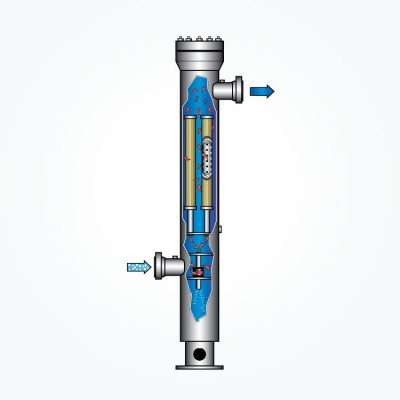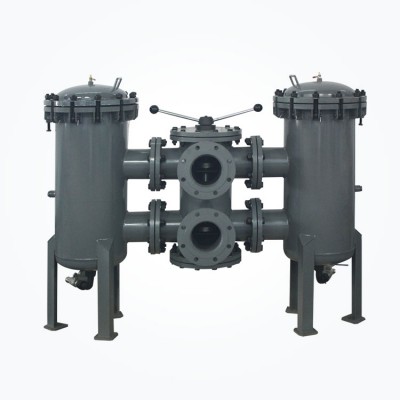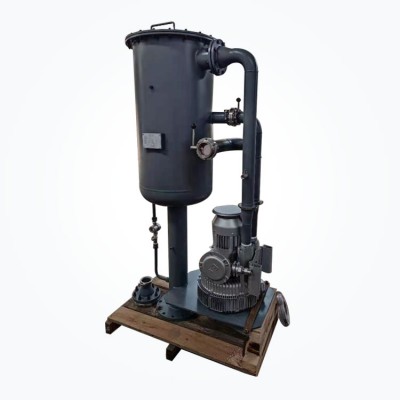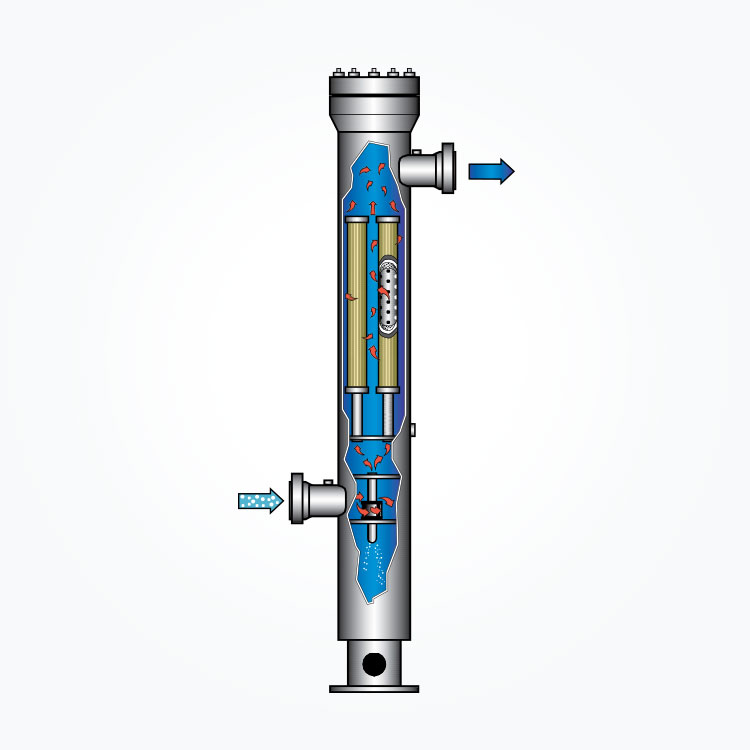
Vertical combined separator with high efficiency coalescing filter element
Widely used in ammonia and urea plants, desiccant bed protection, chemical plants, oil mist removal, key gas treatment, gas regulation, molecular sieve protection, gas transmission/metering, power plants.
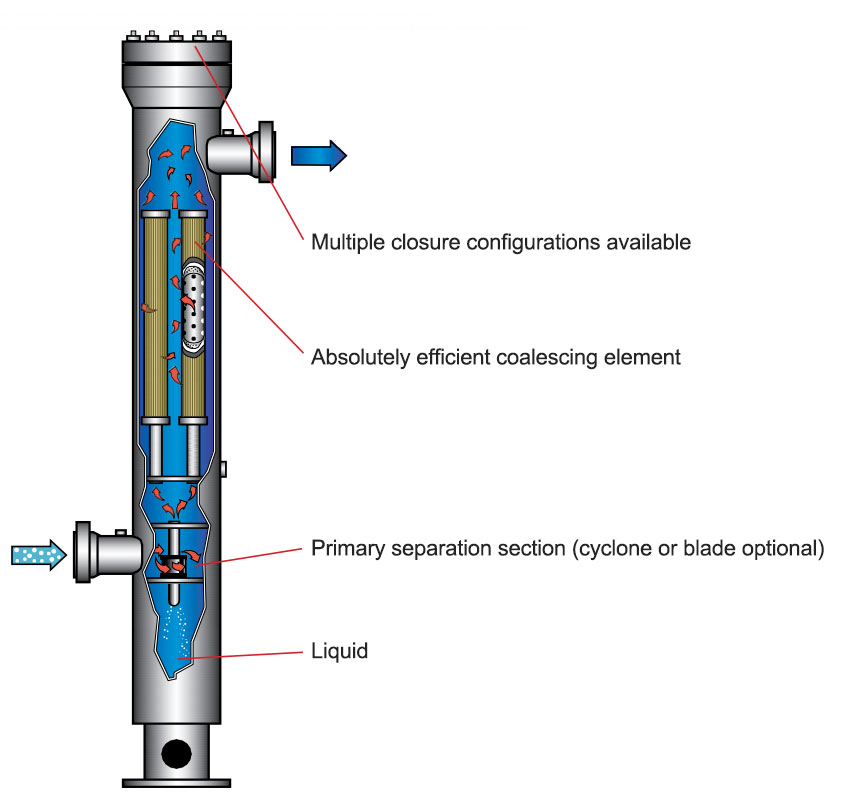
-Inherent two-level configuration
-Flexible primary separator design
-Various coalescer media efficiency
-Guaranteed performance
-Comply with GB150 standard
Features:
The absolute separator is a single-stage or multi-stage equipment. At the inlet of the primary separation section, the small diameter hydrocyclone or blade is used to remove the liquid and solid particles under the dynamics of centrifugal force and gravity. By removing a large amount of entrained liquid at this stage, the design improves the service life of high efficiency coalescing elements and minimizes pressure drop build-up. This allows more time between changing elements, reducing operating costs and downtime.
By using the full diameter packer,the coalescer element can be replaced in the shortest time and effort.Hydrocyclone or blade demister is completely maintenance free, self-cleaning, and does not contain replacement or moving parts, resulting in shutdown.
Scope of application
Ammonia and urea plant
Desiccant bed protection
Chemical plant
Oil mist removal
Key gas treatment
Gas regulation
Molecular sieve protection
Gas transmission / metering
Power plant
Working principle
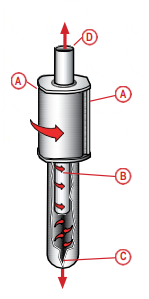
When the gas containing mist and solid enters the primary separation part of the container, the entrained liquid and sold particles are subjected to centrifugal force.
(A) Dirty gas enters the cyclone tube tangentially from two locations.
(B) The tube shell forces the gas into a cyclonic flow mode. The centrifugal force throws solids and liquids toward the inner wall of the inner cyclone tube.
(C) Solid and liquid particles are discharged downward along the wall of the cyclone tube and gather at the bottom.
(D) The clean gas flows downwards, then upwards through the central annulus, and exits at the top

In applications where solid particles are not a factor, the blade mist separator is used as the primary separator.
(A) The polluted gas entering the blade unit directly enters into the adjacent vertical channels, and each channel makes the gas change rapidly and many times in the direction.
(B) The inertial force generated by the rapid change of direction causes the droplet to exert force on the blade wall. The droplets gather on the wall of the blade.
(C) Gravity, surface tension, and momentum drive to merge the liquid into the blade bag. The liquid flows out of the bag and collects in the liquid reservoir.
(D) Clean gas is discharged from the tail
(E) Leaf bag.

Merge elements
The final separation part consists of multiple high-efficiency coalescing elements.
Gas and mist enter the outside of the element from the inside, where the droplets spread and hit closely spaced surfaces.The liquid then flows to the element and enters the liquid collection chamber. Gas without liquid flows out of the outlet nozzle.
Performance bond
The NX absolute separator can achieve 99.999% separation efficiency of 0.3 to 0.6 μ m droplets. According to the coalescing medium used, the maximum carry over mass is 0.001 ppm.
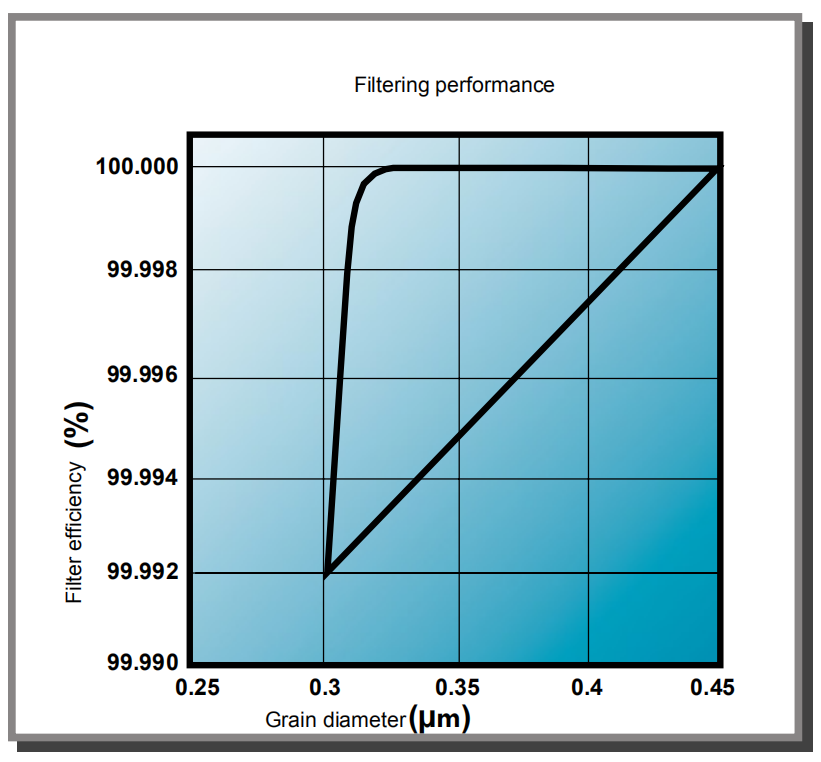
The NX absolute separator can be designed to limit the liquid carryover below 1PPB. The choice of high efficiency coalescing element depends on your specific application and efficiency requirements.
